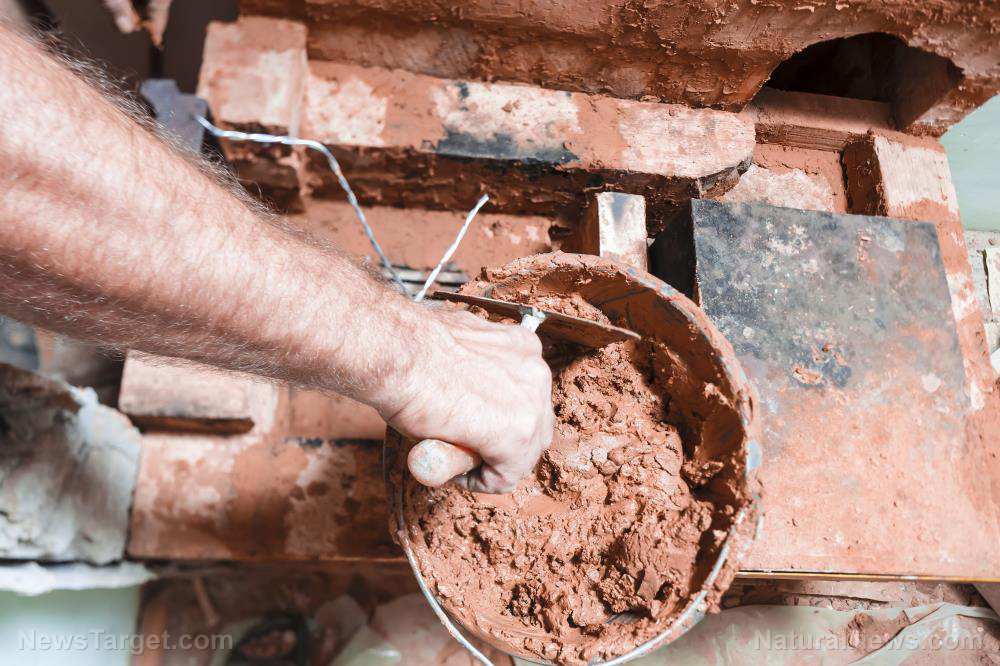
Carrots (Daucus carota sativus), the domesticated form of the wild carrot (D. carota), are a popular superfood because they are full of beta-carotene and various nutrients. But according to the results of a study, the orange vegetables could one day be used to make sustainable cement.
The study was conducted by researchers from Lancaster University.
Can concrete be made from carrot cement?
The researchers involved in the study set out determine if carrots could be used to make stronger cement and minimize carbon dioxide emissions. The team of scientists used a household food blender to combine particles from the root vegetable with concrete to find out if they could create "a stronger and more environmentally sound product."
Mohamed Saafi, the study's lead researcher, said that they were able to increase the strength of concrete by a whopping 80 percent after using carrot fibers. The researchers explained that adding carrots to the mixture helped prevent any cracks in the concrete.
This is good news because substituting the carrot material also meant that less cement was required. Reducing the amount of cement used in concrete can significantly reduce global carbon dioxide (CO2) output. The International Energy Agency (IEA) reports that cement is responsible for at least seven percent of total global CO2 emissions.
CelluComp, a Scottish-based company working on the development of sustainable materials, provided the carrot particles to the research team. (Related: Mushroom-based products could soon replace leather, cloth, and even bricks.)
Christian Kemp-Griffin, CelluComp's CEO, said that while a carrot is made up almost entirely of water, the vegetable stays rigid and crunchy due to cellulose, a fibrous substance that can be found in all plants. He added, "Those fibers have strength characteristics in them. It’s the building blocks of the strength of a vegetable."
Wood also contains cellulose, but the substance is easier to extract from vegetables like carrots. Since large amounts of vegetable waste are regularly produced as a byproduct of agriculture, it is a cheap and environmentally-friendly source of fibers for building materials.
When the carrot fibers are added to the cement for the eco-friendly concrete, the material turns into a versatile additive that has performance characteristics. Since cellulose changes the way water behaves during the process when cement hardens, only a tiny amount of cellulose is needed to change the properties of cement.
Saafi said that it is not the physical carrot fiber that is the source of the cement's strength but the way it holds water. The material holds onto water, and the chemical reaction happens between the fibers and the cement.
The research team will continue to test the mixtures, and they are also experimenting with sugar beets provided by CelluComp. The company can source large amounts of inexpensive beet pulp that is left over after sugar production.
Why are high levels of CO2 emissions harmful?
CO2 is a colorless gas but in its solid form, it is used as dry ice. CO2 is released when volcanoes erupt, trees are cut down, or fossil fuels and products made from them (e.g., oil, gasoline, and natural gas) are burned.
You can be exposed to CO2 through the following means:
- Inhalation (breathing), or breathing indoor and outdoor air, vehicle exhaust, and fumes from heating or cooking.
- Skin contact with dry ice.
The short-term side effects of exposure to high CO2 levels include:
- Headaches
- Inability to concentrate
- Incapacitation and unconsciousness
- Seizures
- Suffocation by displacement of air
- Tinnitus
- Vertigo and double vision
Breathing in high amounts of CO2 can be life-threatening and touching liquid CO2 may cause blisters or frostbite. Long-term exposure to CO2 may result in changes in bone calcium and changes in body metabolism.
You can read more articles about ongoing research on carrot fibers and other sustainable building materials at Environ.news.
Sources include:
Please contact us for more information.



















